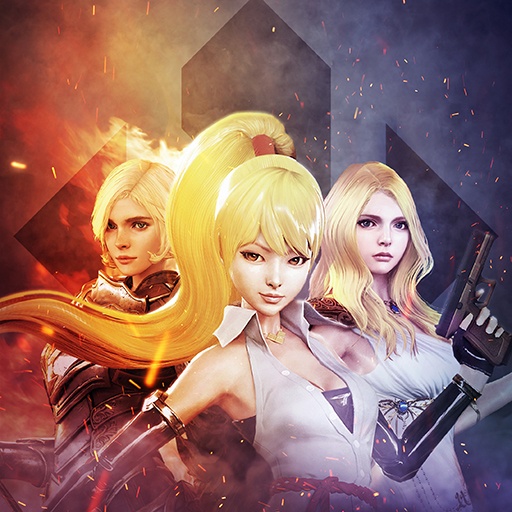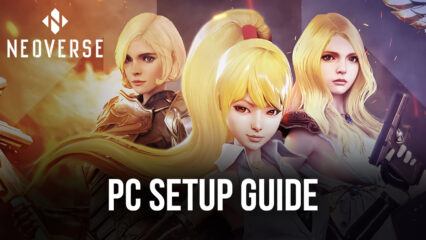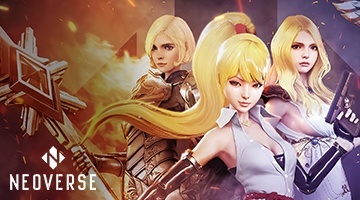Neoverse Beginner’s Guide - Everything You Need to Know as a Newcomer to This Strategy Roguelike Game
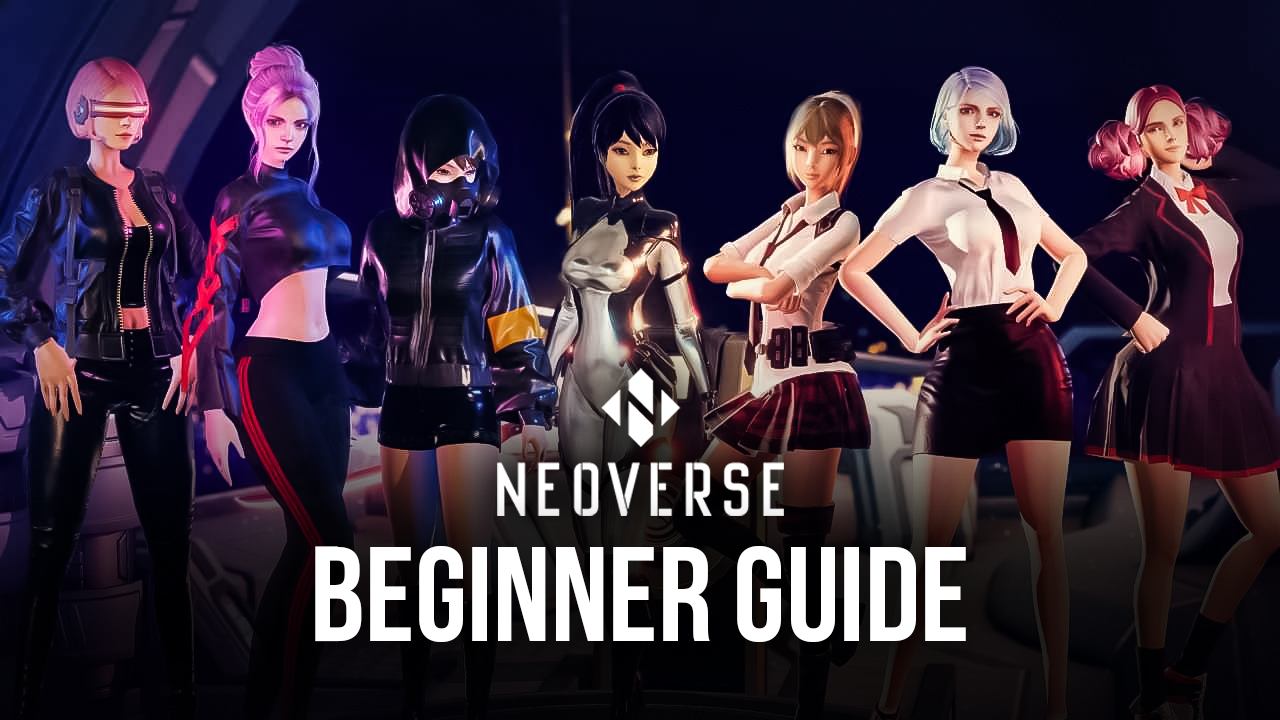
Neoverse occupies a very specific niche in the mobile gaming industry, as well as in the general gaming industry as a whole, consisting of a strategy roguelike game with card-based combat, where the objective is to take turns and use cards to make your characters unleash special attacks and abilities, while defending from the enemy monsters present in each level. The roguelike elements come from the fact that each run consists of a series of stages that players must clear back-to-back before reaching the final boss. Along the way, they will encounter a variety of enemies, as well as minibosses which, depending on the player’s current stats and deck, might be quite easy, or nigh-impossible. And unfortunately for us beginners, it’s most often the latter.

While there’s a small element of luck involved when trying to clear all the stages in a single run, the truth of the matter is that there are tons of different things that you can do and tips and tricks that you can follow in order to minimize the RNG factor in Neoverse and boost your chances of winning. However, before you do this, you’ll first need to become intimate with all the basic mechanics in the game, which is precisely the purpose of this beginner’s guide.
In this article, we’ll be going through the base mechanics and elements in Neoverse, as well as the most important things to know if you’re just getting started for the first time. Keep in mind that this article is assuming that you’re playing Neoverse on PC for free with BlueStacks, and thus only have access to Naya, the base character.
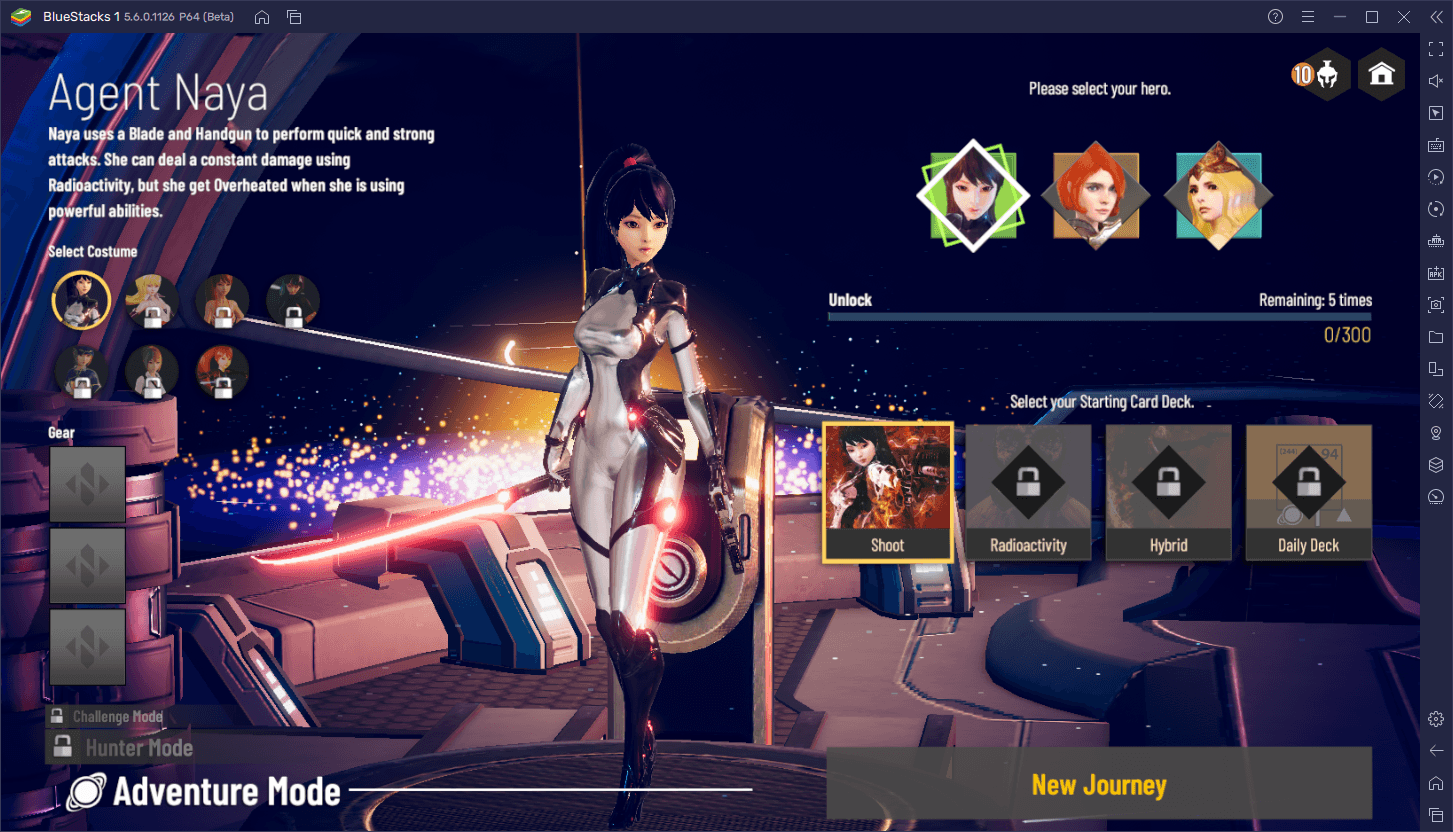
The Battle UI
Despite the elements being quite self-explanatory, there are a few important things to know about the combat interface in Neoverse. Particularly, check out the screenshot below:
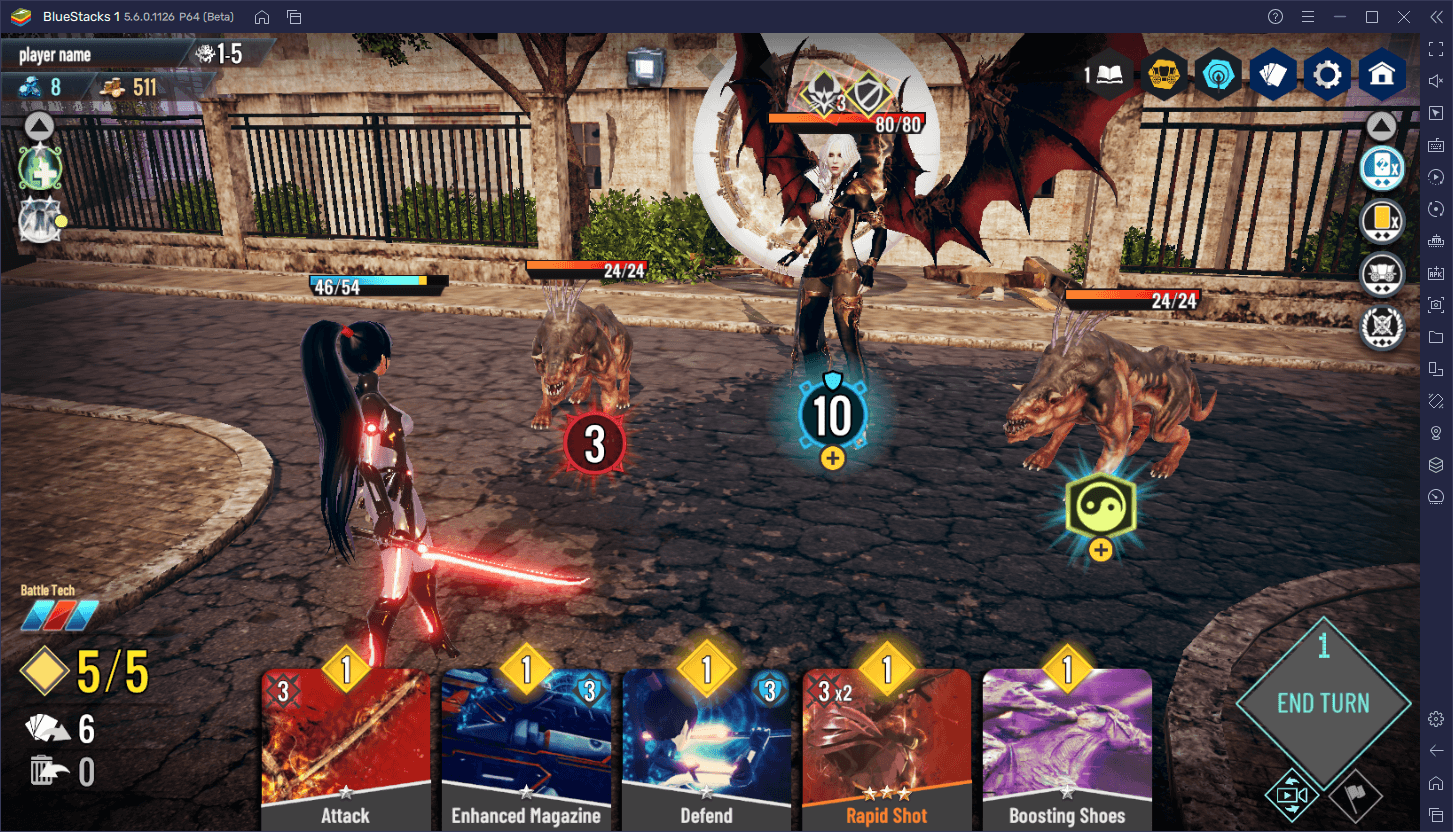
This is the main battle screen that you’ll see in most encounters in this game. Your current cards are shown on the bottom, and your current mana, deck, and played cards are on the bottom left. Your mana is important since it’s the limited resource used when playing most cards in this game. In other words, if you don’t have enough mana, you’ll either be forced to pass your turn, or play one that has a lower cost. Moreover, knowing which cards are in your deck as well as the cards that have been played is important since it gives you an idea of what the next cards that you’ll draw will be.
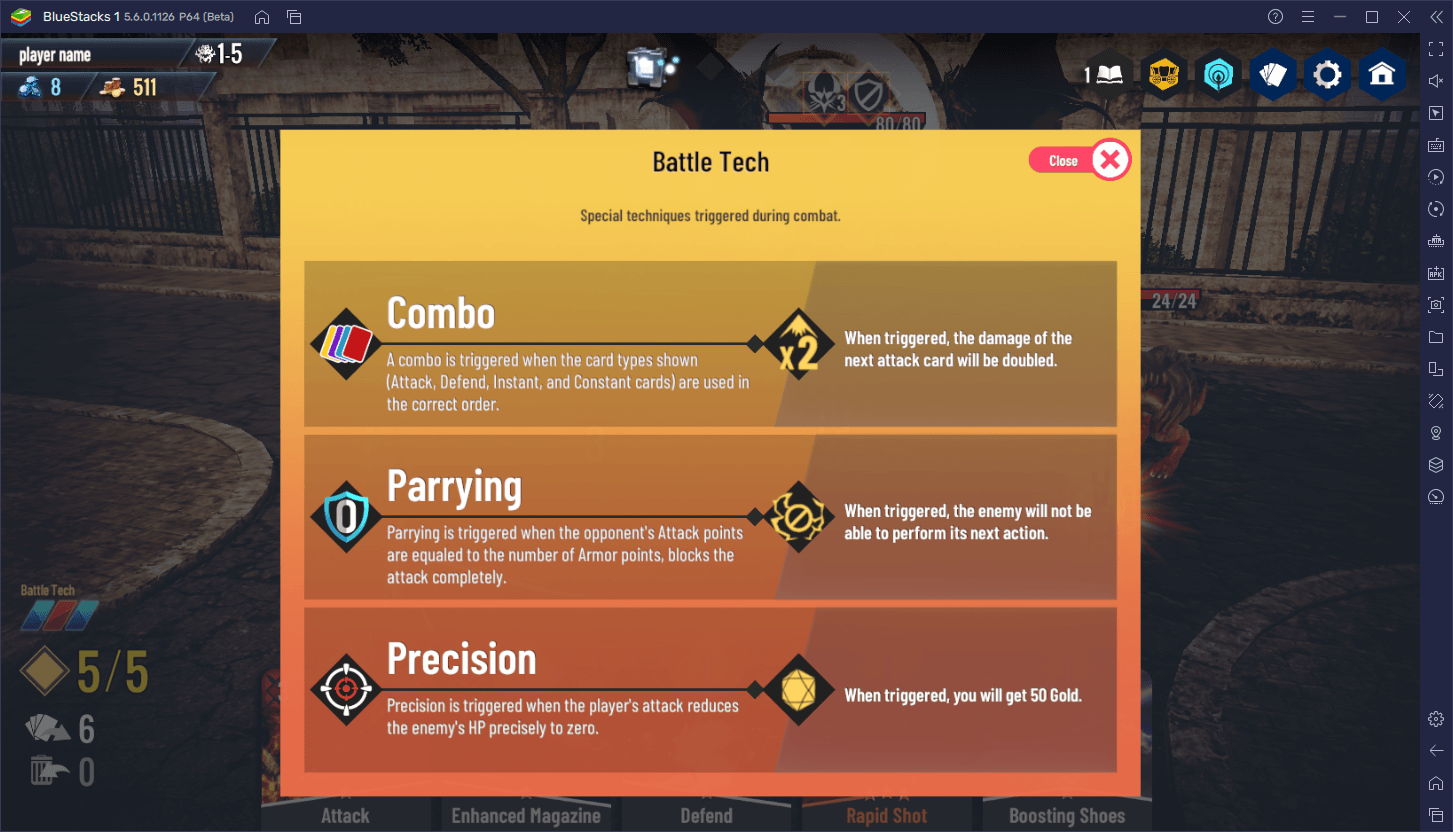
Above these three elements is the current battle tech combo, which is represented by a color-coded combination of cards in a specific order. When completed, this combo is activated and will double the damage done by your next attack card. Moreover, by clicking on the battle tech icon, you’ll be able to get a short explanation on how the parrying and precision bonuses work. Alternatively, check out our Neoverse tips and tricks to learn more about this subject.
However, one of the most important parts of the battle UI is actually the icons under each enemy. These icons represent the enemies’ actions in the upcoming turn. And the reason why this is so important is because you can actually prepare your defenses according to what the enemy is about to do.
In the same screenshot at the beginning of this section, we can see that one of the Unknown Hounds is about to deal 3 damage to us, while the other will buff himself with +4 Force. Meanwhile, the boss is about to give herself 10 units of armor. With this in mind, if we give ourselves exactly 3 units of armor, and focus on attacking the rightmost Hound, we can effectively stun the leftmost hound with a Parrying effect thanks to our armor, while focusing on eliminating the other Hound. And since the boss isn’t going to attack us this round, we can effectively remove her allies and isolate her in the first two turns, and then focus exclusively on her afterward.
It’s exceedingly important that you always take a look at the enemies’ upcoming actions in order to plan accordingly and eliminate your foes in an efficient manner, while also minimizing the damage done to you.
Damage, Armor, and Status Effects
While the effects of regular attack cards are pretty straightforward, which revolve around damaging enemies, there are a few factors to consider when it comes to the different additional effects that some of these cards offer. For instance, there are two main types of damage dealt by attack cards; normal, and piercing. The former is just your regular damage, which is reduced by enemy armor. The latter, on the other hand, goes through armor and always directly affects the target’s HP.
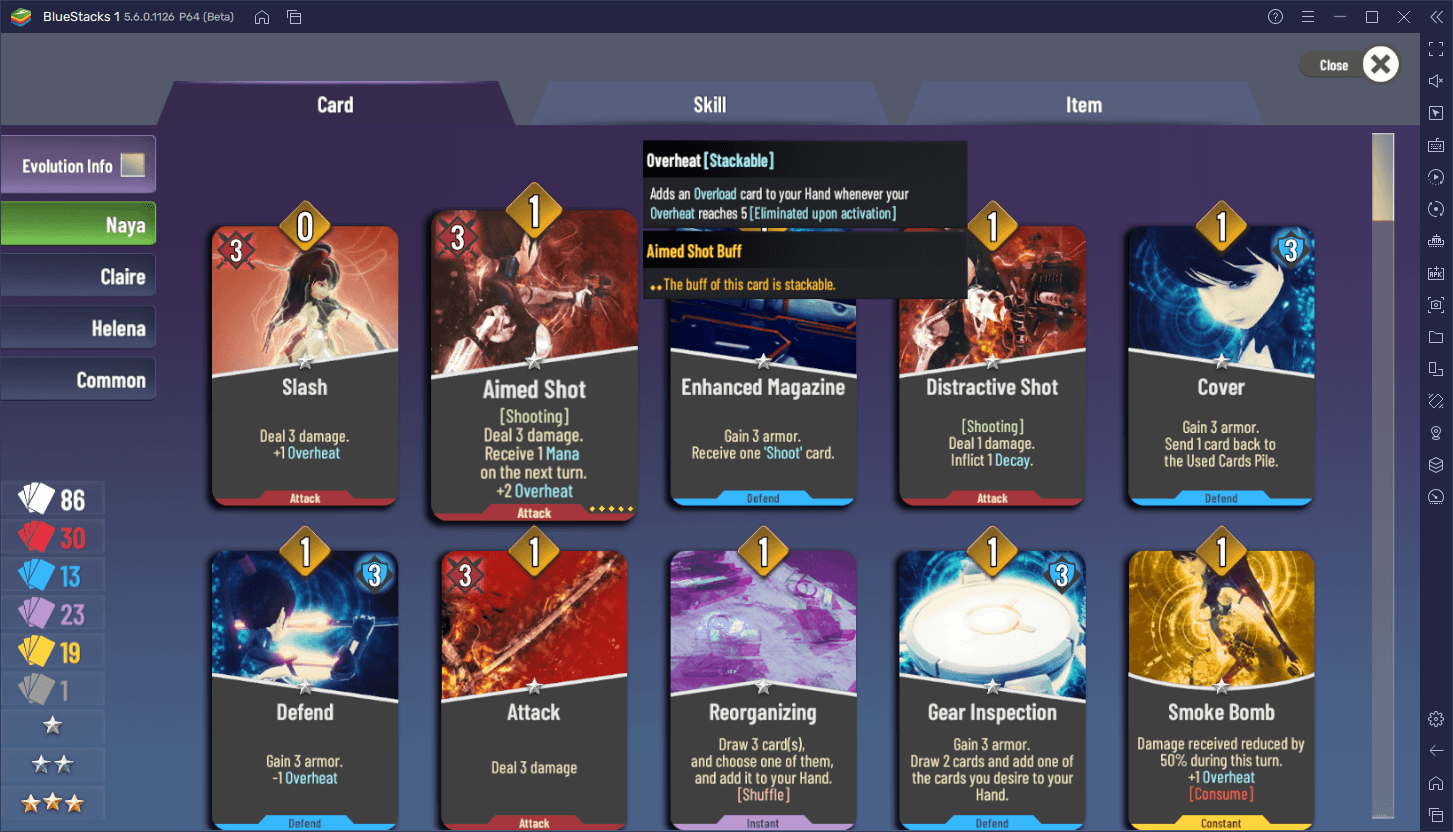
Armor, on the other hand, is simply a measure of damage resistance that, as you can probably guess, goes on top of your HP. If you have armor, all damage (except piercing) will affect armor first, before decreasing your HP directly. In other words, while you can survive just fine without armor, getting your HP reduced to 0 will mean the end of your journey.
On a side note here, while it might seem like a good idea to bulk up with as much armor as you can, there are enemies that can remove it all with a single move. In this regard, use only as much armor as you need at any given moment. Case in point, it’s often a much better idea to get just enough armor to activate a Parry bonus, since this will stun the attacking enemy for a turn and give you an opportunity to attack them without consequence.
Lastly, there are several different types of status effects in Neoverse, which can be either positive or negative. Here’s a quick rundown of some of the most common status effects in the game:
- Radioactivity: Deals piercing damage to the afflicted at the end of every turn.
- Shield: Increases the amount of armor gained from armor cards by the number of shield stacks on the character.
- Armor: Blocks regular damage.
- Stun: Prevents characters from taking action as long as this effect is active.
- Force: Increases the damage of the next attack card by the number of force stacks held by the character.
- Stealth: Prevents all HP damage for the duration of the effect. Armor is unaffected and will be reduced as normal from taking regular damage.
- Decay: Reduces all damage dealt by 50% for the duration of the effect.
- Immunity: Protects from the next incoming negative effect.
- Overheat: The character gains an Overload card when 5 stacks of Overheat are accumulated. Overload occupies a slot in your hand and deals 3 points of piercing damage to yourself when used.
- Punishment: Returns damage to the original attacker, equivalent to 100% of the damage received.
These are just a handful of the effects that you’ll find in Neoverse. Keep in mind that, as these effects can affect your character, they can also be applied to your enemies, including the beneficial ones. It’s always worth knowing what these effects can do in order to plan your next moves accordingly.
Card Values, Types, and Effects
Every card in Neoverse has a few basic formatting elements that can give us a quick idea of their usage and power, without necessarily having to click on them to check their effects. These values are printed directly on the card itself, are frequently visible at a glance, and consist of the following:

- Mana Cost: Represented by the number in the big yellow diamond at the very top of the card.
- Power: Not present in all cards, but is represented by the icon with a number located on one of the top corners of the card. Depending on the icon type, these numbers can either represent the damage that they inflict, or the amount of armor that they bestow when used.
- Rarity: Represented by the number of stars in the middle of the card. One star means that it’s a common card; two stars means that it’s a rare card, and three stars means that it’s a legendary card.
- Type: Represented by the colored stripe of the bottom of the card. These types are red for attack; blue for Defend; yellow for Constant, and pink for Instant cards.
Aside from the effects that they can create when used, each card has their own “effect” type written directly on it in brackets. This is important to consider in many cases since it will affect the usage and availability of the said card. Here is the list of card effects in Neoverse:
- Consume: Cards with this effect are permanently removed from battle when used, and won’t be reshuffled into the main deck again.
- Recycle: Once used, these cards will acquire the “Consume” effect, and will be removed from play the next time they are used.
- Unstable: These cards are removed from play when used, or at the end of the current turn, for the remainder of the battle.
- Promise: These cards are guaranteed to appear in the very first hand at the beginning of a stage.
- Shuffle: When used, these cards will immediately reshuffle your “used cards” deck and add them to your draw pile.
- Absorption: Reduces the mana cost of the card with this effect, depending on the cost of the most expensive card used in the same turn.
- Retain: This card will return to the player’s hand when used.
Last but not least, and just like with the effects, cards in Neoverse also come in different types, which are printed right at the bottom of their frames and are color-coded for your convenience. These types will give you a general idea of what they can do at a glance, and consist of the following:
- Attack: Represented by the color red and consisting of cards that usually deal direct damage to the targets.
- Defend: Represented by the color blue, and often consist of cards that can protect the user, either by granting shield, armor, or removing debuffs, among others.
- Instant: Utility cards that can usually inflict status effects on the target, or activate a wide variety of effects.
- Constant: These cards can create effects that persist throughout the entire battle.
Interestingly enough, since these cards are color-coded, you can also tell the order in which to use them in order to activate battle effects and tech bonuses.
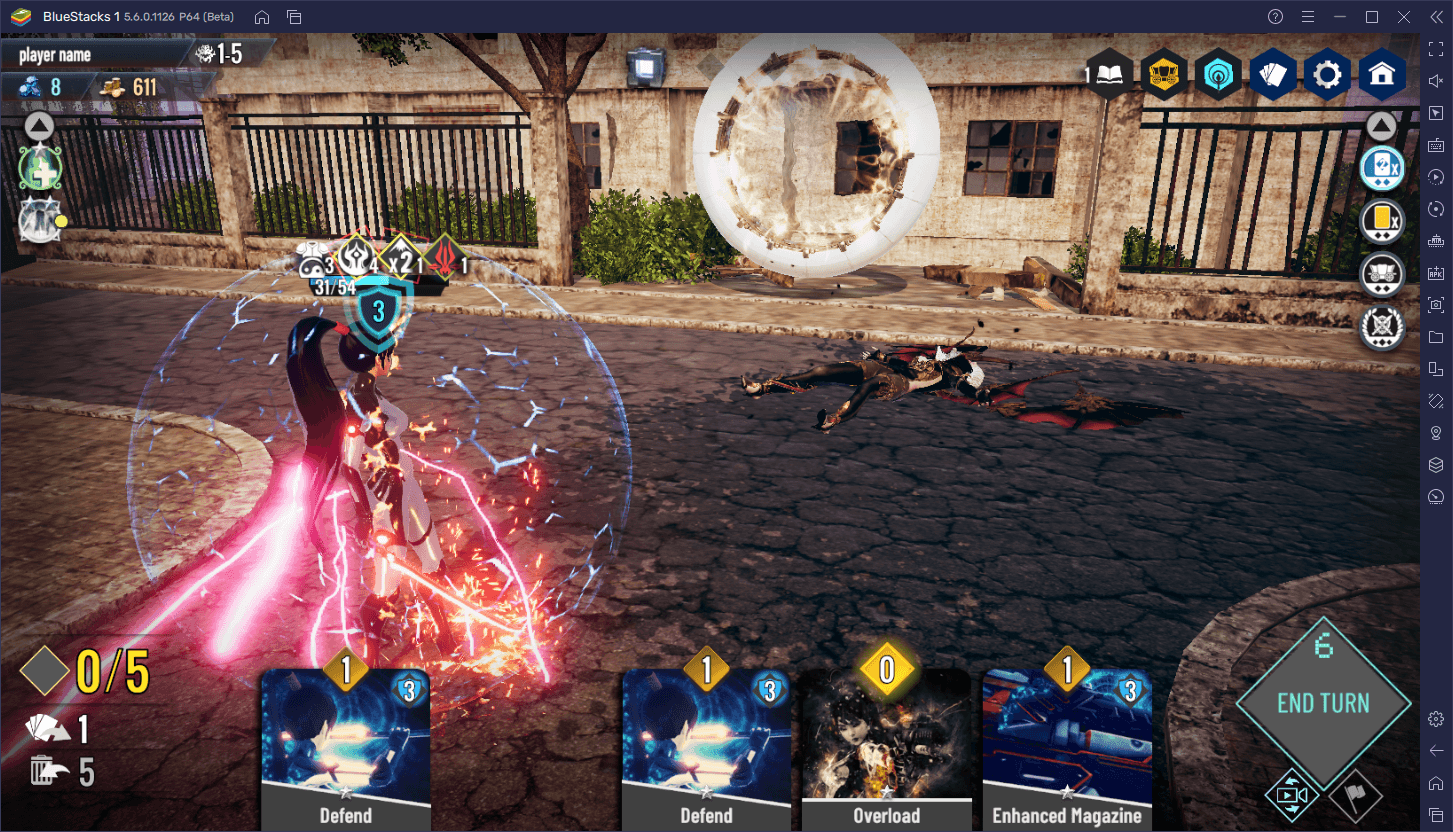
And that’s all you need to know in order to win your first battles as a beginner in Neoverse. The rest will come to you simply by practicing and getting familiar with the different cards, as well as the variety of enemies that will stand in your path.
Good luck!

